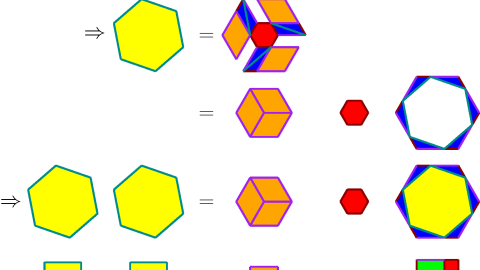Characterising the set of (untruncated) signatures
Abstract
The concept of path signatures has been widely used in several areas of pure mathematics including in applications to data science. However, we remain unable to answer even the most basic questions about it. For instance, how to fully characterise the set of (untruncated) signatures of bounded variation paths? Can certain norms on signatures be related to the length of a path, like in Fourier isometry? In this talk, we will review some known results, explain the open problems and discuss their difficulties.
12:00
Cluster patterns in Landau and Leading Singularities via the Amplituhedron
Abstract
In this talk I will present some recent explorations of cluster-algebraic patterns in the building blocks of scattering amplitudes in N = 4 super Yang-Mills theory. In particular, I will first briefly introduce the main characters on stage, i.e. Leading Singularities, Landau singularities, the amplituhedron and cluster algebras. I will then present my main conjecture, "LL-adjacency", which makes all the above characters play together: given a maximal cut of a loop amplitude, Landau singularities and poles of each Yangian invariant appearing in any representation of the corresponding Leading Singularities can be found together in a cluster. I will explain how the conjecture has been tested for all one-loop amplitudes up to 9 points using cluster algebraic and amplituhedron-based methods. Finally, I will discuss implications for computing loop amplitudes and their singularity structure, and open research directions.
This is based on the joint work with Ömer Gürdoğan (arXiv: 2005.07154).


